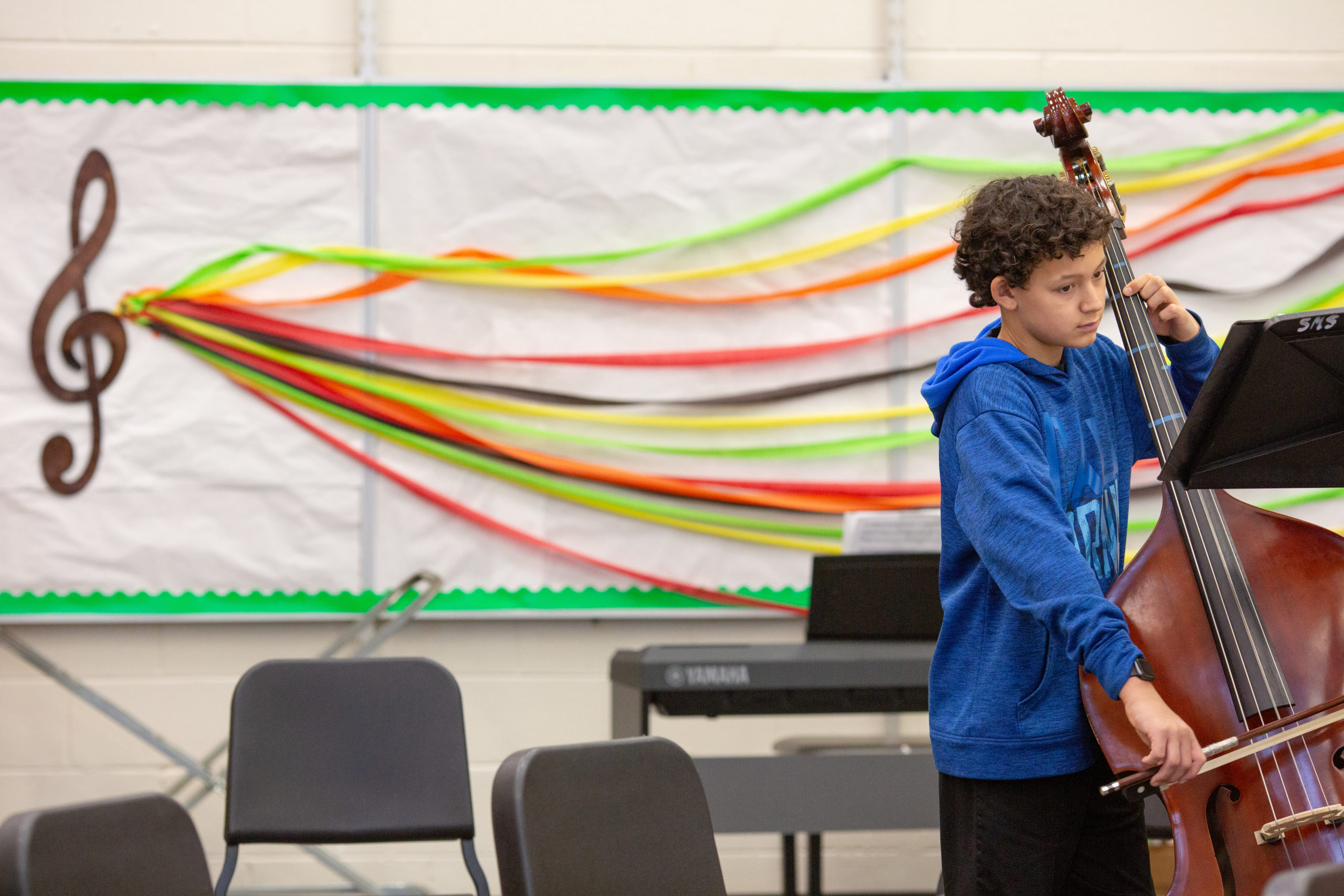
“At the heart of the community schools movement is the belief that every family and community member are assets that can build on students’ strengths, engage them as learners, and enable them to reach their full potential. The community schools movement in the U.S. has its historical roots in the early 1900s with John Dewey’s vision of schools as social centers and Jane Addams’ focus on social work and providing a range of resources for those in need. For the last several decades, children- and family-serving organizations across the country have—school by school—looked to community school strategies to fully support, engage, and empower students through partnerships with educators, families, and community partners such as health departments, social welfare organizations, universities, and employers.
Today, the devastating and prolonged impacts from COVID-19 have put the community schools strategy on the map for national, state, and district leaders as a potential systemwide approach to address students’ comprehensive needs. Lost instructional time means that the gaps have widened between students, with recent estimates showing students that attend majority-Black schools are a full 12 months behind their peers in majority-white schools, further highlighting persistent structural racial disparities in access to high quality learning, supports, and enrichment. Young people’s mental health and well-being are such a concern that recently the American Academy of Pediatrics declared a national emergency on children’s mental health.”
Read the full story here.